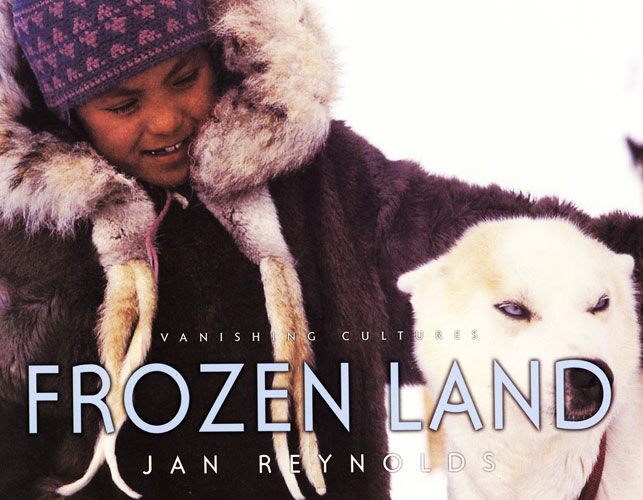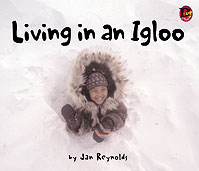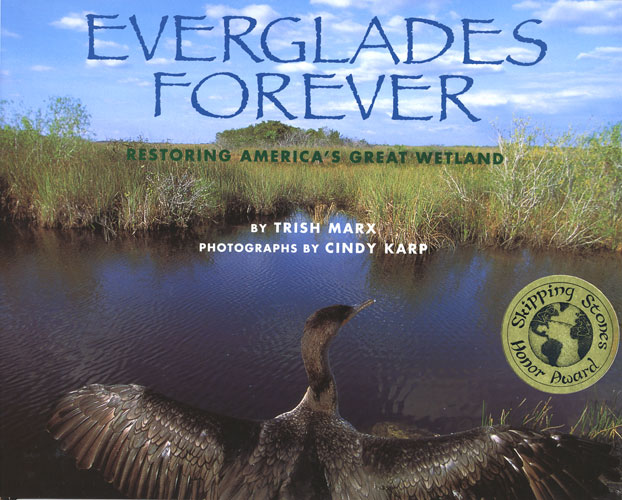 Jaclyn DeForge, our Resident Literacy Expert, began her career teaching first and second grade in the South Bronx, and went on to become a literacy coach and earn her Masters of Science in Teaching. In her column she offers teaching and literacy tips for educators.
Jaclyn DeForge, our Resident Literacy Expert, began her career teaching first and second grade in the South Bronx, and went on to become a literacy coach and earn her Masters of Science in Teaching. In her column she offers teaching and literacy tips for educators.
Over the past few weeks, I’ve been talking about the importance of looking at the standards horizontally as well as vertically, and in this final installment in the series, I’m going to do just that as I walk you through what effective close reading questioning can look like, unpacking one strand at a time using texts of varying complexities. Last up:
READING STANDARDS FOR INFORMATIONAL TEXT K-3, Craft and Structure, Strand 5
In Kindergarten, the strand reads: Identify the front cover, back cover, and title page of a book.
Example text: Living in an Igloo by Jan Reynolds
genre: informational text
Strand-specific questions:
- Point to the front cover of the book. What information can you find on the front cover of the book? Why is that information important?
- Point to the back cover of the book. What information can you find on the back cover of the book? Why is that information important?
- Point to the title page of the book. What information can you find on the title page of the book? Why is that information important?
- **Point to the text. Who writes the words in a book?
- **Point to the pictures. Who creates the pictures for a book? Are these pictures illustrations or photographs? How do you know?
- **Point to the map. What information does the map give you?
 In First Grade, the strand reads: Know and use various text features (e.g., headings, tables of contents, glossaries, electronic menus, icons) to locate key facts or information in a text.
In First Grade, the strand reads: Know and use various text features (e.g., headings, tables of contents, glossaries, electronic menus, icons) to locate key facts or information in a text.
Example text: Vanishing Cultures: Frozen Land by Jan Reynolds
genre: informational text
Strand-specific questions:
- According to the text, what causes ridges in the snow and ice? Point to the place in the text where you found your answer.
- What does an igloo look like at night? How do you know? What parts of the book did you use to find your answer?
- Where do the Inuit live? How do you know? Locate two parts of the book that provide the reader with this information.
In Second Grade, the strand reads: Know and use various text features (e.g., captions, bold print, subheadings, glossaries, indexes, electronic menus, icons) to locate key facts or information in a text efficiently.
Example text: Puffling Patrol by Ted and Betsy Lewin
genre: narrative nonfiction
Strand-specific questions:
- Where are the puffin cliffs located? How many of them are identified in the text? How do you know? Where in the text did you find this information?
- Define the following words: burrow, fissure, ecosystem, erupt, incubate. What parts of the book can I use to figure out what these words mean?
- Suppose you wanted to know more about puffins. What websites do the authors suggest you check out? Where can you find this information in the text? What is that section called?
- Cite three facts about puffins that the authors did not mention in the main body of the text. Where did you find this information? How was this information organized?
In Third Grade, the strand reads: Use text features and search tools (e.g., key words, sidebars, hyperlinks) to locate information relevant to a given topic efficiently.
Example text: Everglades Forever by Trish Marx
genre: informational text
Strand-specific questions:
- What is an artificial marsh? How does the historic flow of water compare to the current flow of water? How does the current flow of water compare to the restored flow? Where in the text did you find this information?
- Define the following words: periphyton, thermoregulate, aquifer, invertebrate, lichen, porous. What parts of the book can I use to figure out what these words mean?
- Who wrote the book Life in a Wetland? How do you know? Where can I find that information in the text?
- Why does Jackie Stone teach her students about the Everglades? What is the message she hopes to leave with her students? How do you know? Where in the text did you find this information?
Further Reading:
- Unpacking the Common Core Standards, Part 1: Thinking Horizontally
- Unpacking the Common Core Standards, Part 2: Thinking Horizontally
- Unpacking the Common Core Standards, Part 3: Thinking Horizontally
- What is close reading?
- What does close reading look like in Kindergarten?
- What does close reading look like in First Grade?
- What does close reading look like in Second Grade?
- What does close reading look like in Third Grade?











